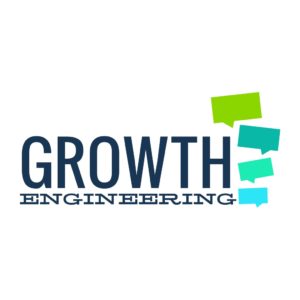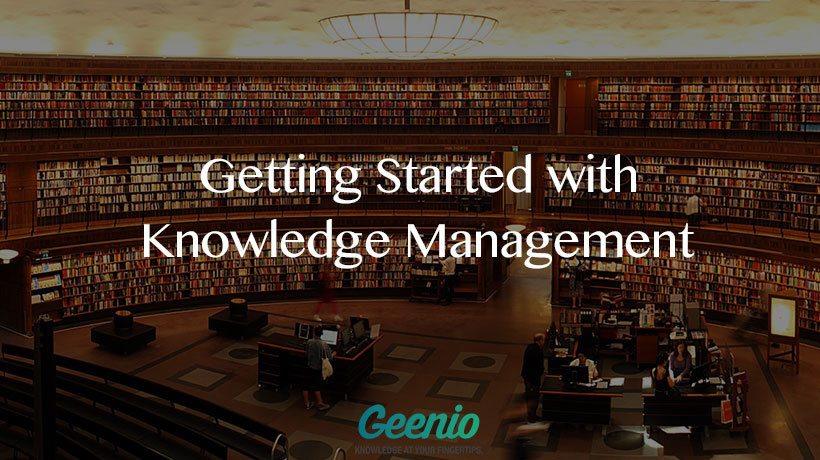How To Improve Knowledge Management With Your Learning Management System
As we get bombarded with more and more information[1], Knowledge Management has never been so important. Today’s business leaders are battling against several factors that make it harder to retain intellectual capital.
The Learning Management System (LMS) is, in most cases, an underutilized platform. It’s seen by many as little more than a delivery mechanism for eLearning units and multiple choice questions. Even though the last decade has seen many advances in learning technology, learning managers seem unaware of the potential in their own learning platforms.
One of the major benefits of the Learning Management System of the 21st century is its ability to capture and curate the best knowledge from within the organization. Whether you’re looking for ways to get the most out of your current Learning Management System, or you’re shopping around for something with more features, the following tips will help you make the most of your organization’s hidden knowledge.
1. Create A Space For Sharing Knowledge
Before you can manage knowledge effectively, you need a platform where that knowledge can be captured and curated. If you want to build intellectual capital, a user-friendly and flexible system is an essential foundation.
Start by listing all of the communication channels your business currently uses. This might include email, the company intranet, or social networks. It might even include your Learning Management System, in which case you already have a head-start. Once you know how knowledge is transferred in your organization, the next step is to bring these channels together in one place.
Since the ‘job-hopping’ phenomenon[2] has increased staff turnover rates, it’s important to get new starters on board as quickly as possible. They need to have access to all essential information as part of their training. This is one reason that the Learning Management System is the perfect platform for managing organizational knowledge.
Remember that knowledge can’t grow if people can’t communicate. Your Learning Management System won’t be effective if it’s just an eLearning unit dispenser. It needs to allow knowledge to flow in both directions and it needs to let you create a learning community. Learning Management Systems with social features are becoming more prominent in the age of social media and they offer countless opportunities for better collaboration.
2. Grow Your Audience
It’s not enough to merely create a platform: you should aim to change behavior and make knowledge sharing part of the culture. To do that, you need to get everybody involved, from the CEO down to the fresh-faced initiate. The biggest question is how to engage people with the learning platform. Unfortunately, there are as many answers to that question as there are companies in the world.
The good news is that there’s plenty you can do to make your learning platform more appealing. Gamification (adding game mechanics to non-game scenarios) is one tactic that can drive engagement. Offering virtual rewards, like badges and points, taps into the natural human urge to collect. If you include a league table of who has collected the most points, you’ve introduced an element of friendly competition.
To keep everyone in the business engaged with the platform, it’s important to give them a sense of ownership. They need to see how their knowledge contributes to the wider business objectives. Customizable profile areas let each user add their own flavor to the platform.
These user-specific pages can also serve as a showcase area for users to exhibit their work. For many employees, this might be the first opportunity they have to share their knowledge on the platform. Having options like this sends a clear message about the value of sharing knowledge. When it comes to creating a knowledge sharing culture with your Learning Management System, you should use every tool at your disposal to reinforce the message.
3. Build Your Intellectual Capital
Once you’ve got everybody engaged with your learning platform, it’s time to seek out and curate the knowledge within the business. Depending on the size of the business (and the Learning and Development department), this could turn into a huge task - perhaps too huge for just one person. It’s important to find the Subject Matter Experts within the business and make the best use of them.
The big challenge is that many of the real experts might not even be aware that they are experts. With a social Learning Management System, finding the people with the real expertise is relatively simple. All you need to do is track the users who contribute the most to conversations. This tells you who has the knowledge, but more importantly, it tells you who has the willingness to share it and help their colleagues.
Once you’ve identified the experts, you need to make sure other people can find them too. By creating an area for the experts on the platform, all other users can easily find out who can answer any questions they have. This extra status on the platform also acts as an incentive for other learners. If they know that they can earn the title ‘Expert’, they may be more likely to demonstrate their knowledge.
4. Realize You'll Never Be Finished!
It’s important to understand that knowledge management isn’t a one-time affair. In an ever-changing world, intellectual capital needs to be constantly maintained and updated. Since your learners are dealing with the realities of their jobs on a day-to-day basis, they are your best asset when it comes to providing relevant content.
Adding a rating and review functionality lets your learners give their feedback. After all, they are in the best position to deem how useful or relevant each learning asset is. This means that if anything changes within your business, there’s a better chance that outdated content will be spotted and can be promptly updated.
Sometimes the easiest way to get learners sharing their knowledge is to simply ask. You could include a task within a curriculum asking the learners to create their own learning asset. This user-generated content adds value to the training program and enhances the sense of ownership for the learners. It’s important that they are rewarded and recognized for this extra effort.
References:
- Data Never Sleeps 4.0: How Much Data Is Generated Every Minute?
- The Future Of Work: Job Hopping Is the 'New Normal' for Millennials










